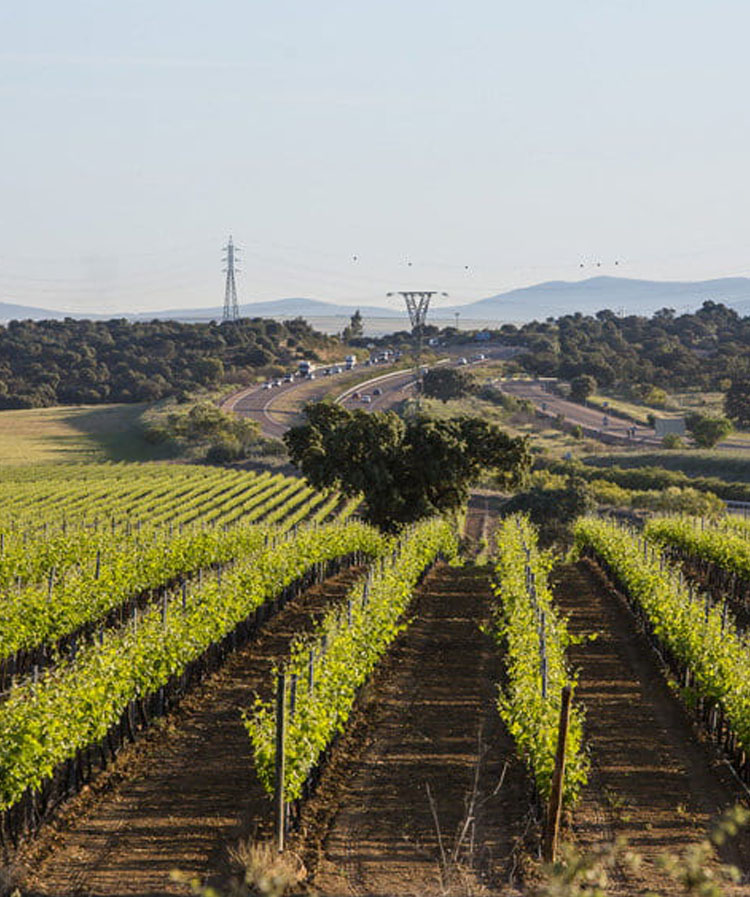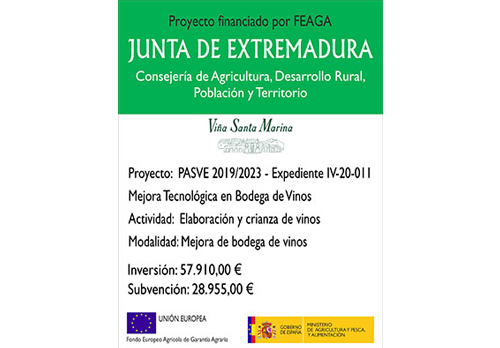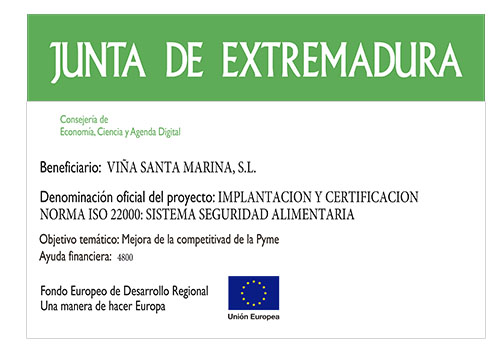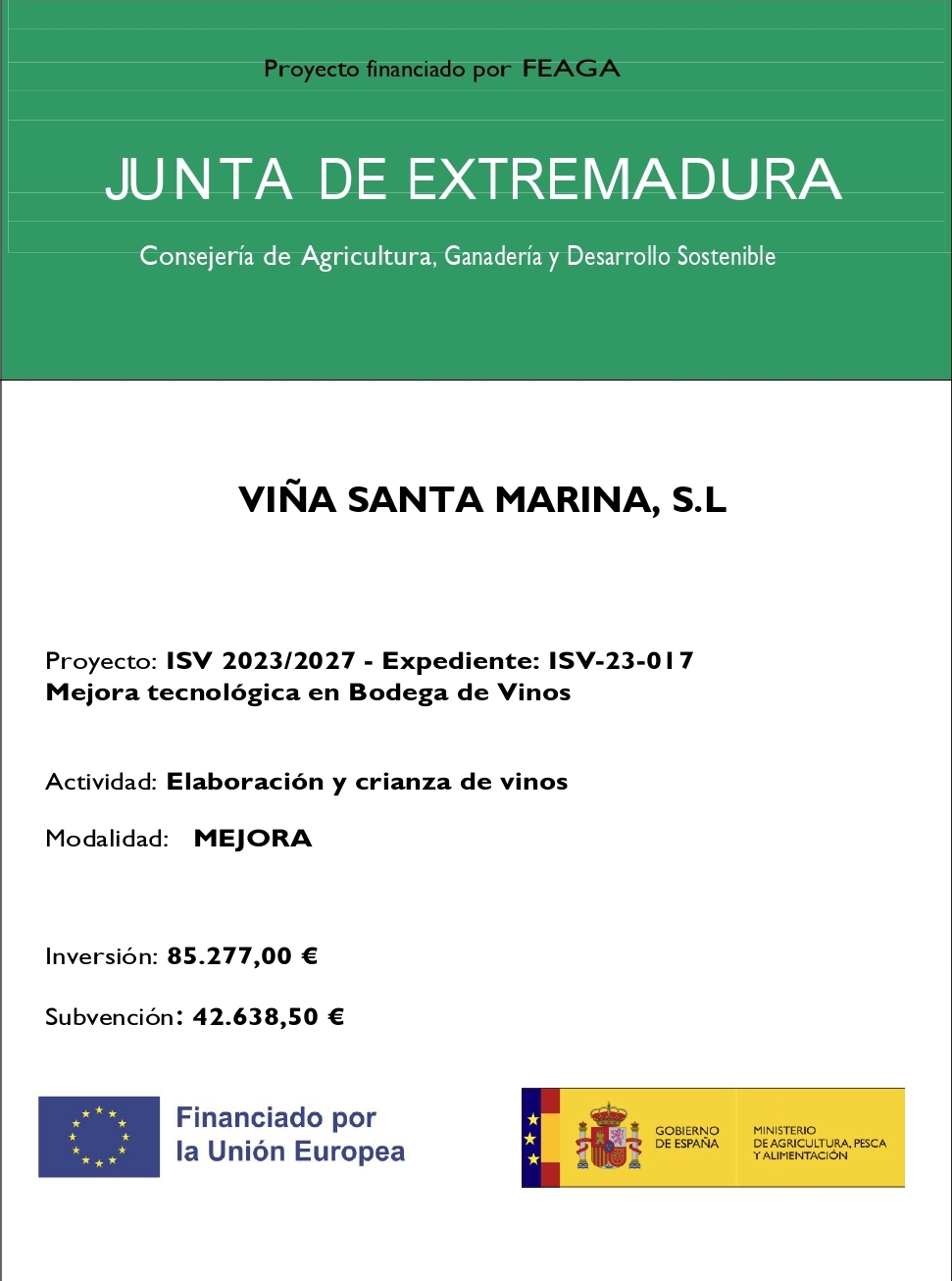
Our Terroir
Soil, topography, climatology and biodiversity
The soil is basically granitic in composition, of a sandy clay structure and moderate depth, with areas of abundant pebbles that facilitate drainage. There are three different but complementary areas in the estate, according to the grape variety: a sloping area with lots of pebbles, a second sloping area with fewer pebbles and a flat area.
The climate is typical Mediterranean with cold winters and long hot summers. As for the rains, they are abundant in spring and fall, while summers are dry, driving away with this the diseases of the vineyard.

Our Terroir
Soil, topography, climatology and biodiversity
The soil is basically granitic in composition, of a sandy clay structure and moderate depth, with areas of abundant pebbles that facilitate drainage. There are three different but complementary areas in the estate, according to the grape variety: a sloping area with lots of pebbles, a second sloping area with fewer pebbles and a flat area.
The climate is typical Mediterranean with cold winters and long hot summers. As for the rains, they are abundant in spring and fall, while summers are dry, driving away with this the diseases of the vineyard.
There are currently 36 hectares with an original range of grape varieties: Petit Verdot, Cabernet Sauvignon, Cabernet Franc and Syrah, Merlot and Viognier to give the wines a distinctive flavour which we make both careful monovarietal and blending wines.
At Viña Santa Marina we start testing the grapes in the field. The time of the harvest is determined by its degree of maturity and depending on the type of wine we want to achieve.
In our modern winery, we work with lively and resistant yeasts from our vineyards and with red wines on a high temperatures.
Long and controlled maceration for red wines, days and days on a slow fermentation for white wines, we look for the excellence that guarantee all our wines.


There are currently 36 hectares with an original range of grape varieties: Petit Verdot, Cabernet Sauvignon, Cabernet Franc and Syrah, Merlot and Viognier to give the wines a distinctive flavour which we make both careful monovarietal and blending wines.
At Viña Santa Marina we start testing the grapes in the field. The time of the harvest is determined by its degree of maturity and depending on the type of wine we want to achieve.
In our modern winery, we work with lively and resistant yeasts from our vineyards and with red wines on a high temperatures.
Long and controlled maceration for red wines, days and days on a slow fermentation for white wines, we look for the excellence that guarantee all our wines.
AGING TIME
Maturation
It is essential to age the red wine in wooden casks for some time to change, mature and mellow. The wine is mainly aged in French wood, although we also use new, clean and fresh American oak and this influences and shapes the personality of our wines. The ageing period will depend on the type of wine we are making, and ranges between 4 to 16 months from Celtus to Miraculus.
Once bottled, Viña Santa Marina wines continue to mature without oxygen. We say the wine is “finished” in the bottle, in the quiet stillness of the wine cellar.
The winery
Visit us
12 km from Mérida on a Roman settlement is our winery under the protection of an imposing granite mass, the Sierra de La Moneda, famous for its cave paintings, at whose feet has grown a dense Mediterranean forest that accompanies our wines with their balsamic aromas.




